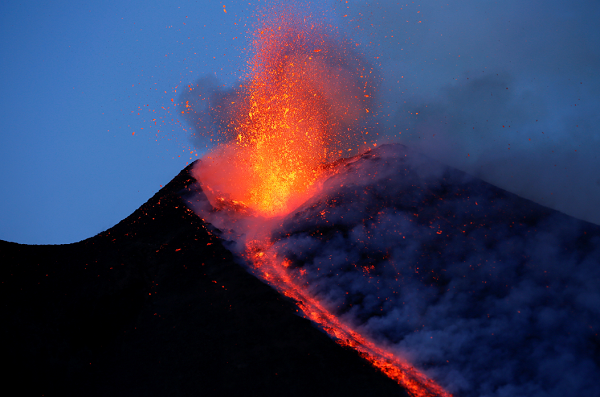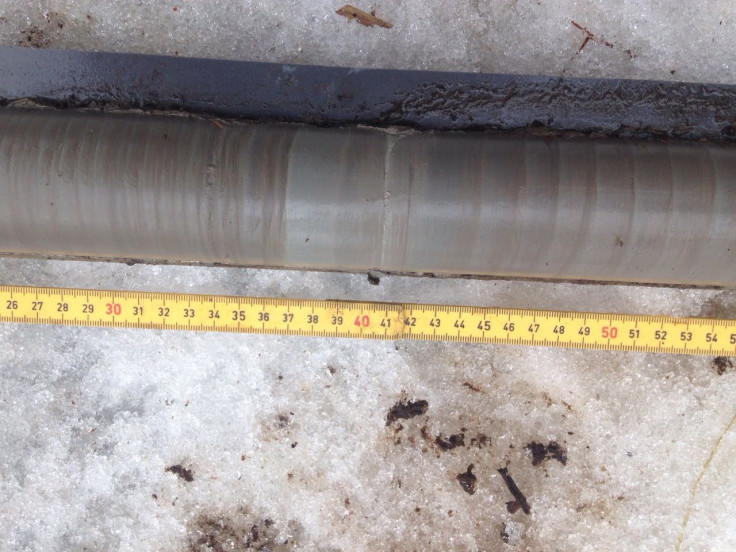Volcano Eruptions Could Melt Ice Sheets Rapidly 1,000 Miles Away

Of the five mass extinction events in Earth’s history, at least three were caused by volcanic eruptions (one was the result of an asteroid strike) as sulfate aerosols that rose with the ash reflected enough sunlight to cause global cooling, making it too cold for most animals to survive. But it turns out that large volcanic eruptions can also cause ice sheets to melt rapidly even when the two are separated by hundreds of miles.
Researchers who published a paper Tuesday on the topic reached this conclusion after analyzing ice cores and meltwater deposits in northern Europe. They found that at the end of the last ice age about 12,000 years ago, “ancient eruptions caused immediate and significant melting of the ice sheet that covered much” of the region, they said in a statement.
This phenomenon occurred even though some of the ice sheets were located as far as one thousand miles from the closest eruption. Massive ash clouds from the volcanoes rose into the sky and drifting in the lower atmosphere before falling onto ice sheets. But it was not that the ash was still so hot that it melted the ice. Rather, as the ash covered the ice sheet, making it darker, the ice absorbed more sunlight that caused it to melt faster.
“We know that if you have darker ice, you decrease the reflectance and it melts more quickly. It’s basic science. But no one so far has been able to demonstrate this direct link between volcanism and ice melting when it comes to ancient climates,” Francesco Muschitiello, lead author of the study who completed the research as a postdoctoral fellow at Columbia University’s Lamont-Doherty Earth Observatory, said in the statement.
When meltwater from an ice sheet flows into a lake near the sheet’s edge, it carries with its debris. And since some amount of meltwater flows into the lake every year, the debris start to look like layers. This layered deposit of sediment is called a varve, and the researchers used glacial varves collected in the 1980s and 1990s for their study, corresponding to a 1,000-year time period between 13,000 and 12,000 years ago. A thicker layer in a varve is an indicator of more melting since a larger volume of water would be needed to carry more debris.

Comparing the varves with the ice cores from Greenland — they are a good record of ancient atmospheric conditions, including volcanic explosions — showed that the thicker varve layers happened in the years of heightened explosive volcanic activity.
Saying “present-day ice sheets are potentially very vulnerable to volcanic eruptions,” Muschitiello pointed out that if their theory about the impact of even moderate volcanic eruptions on ice sheets is right, it would mean a shortcoming of current climate prediction models that don’t take the ash deposit factor into account.
Michael Sigl, a paleoclimatologist from the Paul Scherrer Institute in Switzerland who wasn’t involved in the new study, said in the statement: “Coincidences in the timing of rapid ice-sheet melting events and eruption dates do not automatically imply causation, and there may be other scenarios that could be consistent with the presented data.”
The open-access paper, titled “Enhanced ice sheet melting driven by volcanic eruptions during the last deglaciation,” appeared online in the journal Nature Communications.
© Copyright IBTimes 2025. All rights reserved.





















